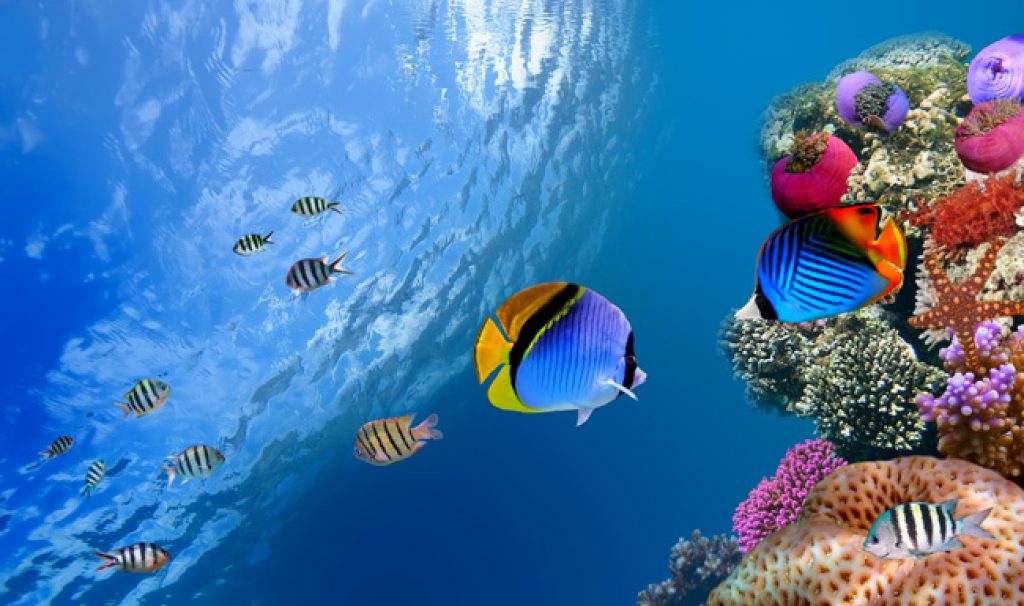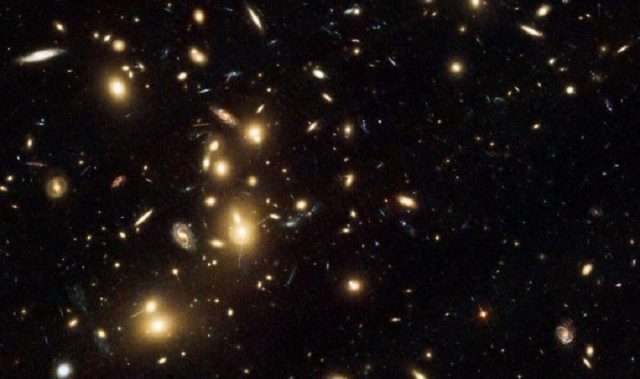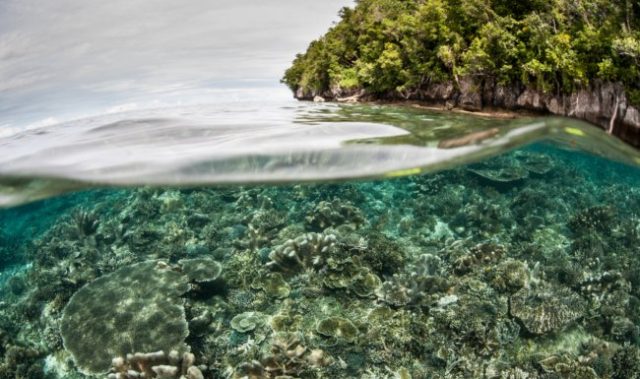
AsianScientist (Feb. 2, 2016) – Carbon dioxide concentrations in seawater could reach levels high enough to make fish “intoxicated” and disoriented many decades earlier than previously thought, a new study has found.
Published in the journal Nature, the study is the first global analysis of the impact of rising carbon dioxide emissions from fossil fuels on natural variations in carbon dioxide concentrations in the world’s oceans.
“Our results were staggering and have massive implications for global fisheries and marine ecosystems across the planet,” said Dr. Ben McNeil, a senior lecturer and lead author of the study at Australia’s University of New South Wales (UNSW) Climate Change Research Centre.
According to McNeil, high concentrations of carbon dioxide cause fish to become intoxicated, a phenomenon known as hypercapnia. Ocean hypercapnia is predicted to occur when atmospheric carbon dioxide concentrations exceed 650 parts per million.
The fish become lost at sea as the carbon dioxide affects their brains, and they lose their sense of direction and ability to find their way home. They will also be unable to sense where their predators are.
“We’ve shown that if atmospheric carbon dioxide pollution continues to rise, fish and other marine creatures in CO2 hotpots in the Southern, Pacific and North Atlantic oceans will experience episodes of hypercapnia by the middle of this century—much sooner than had been predicted, and with more damaging effects than thought,” said McNeil.
“By 2100, creatures in up to half the world’s surface oceans are expected to be affected by hypercapnia.”
The team studied a global database of seawater carbon dioxide concentrations collected during the past 30 years as part of a variety of oceanographic programs. Based on these observations, they then devised a numerical method to work out the natural monthly peaks and troughs in carbon dioxide concentrations during the year across the surface of the world’s oceans.
This allowed them to predict for the first time that these natural oscillations will be amplified by up to ten-fold in some regions of the ocean by the end of the century if atmospheric carbon dioxide concentrations continue to rise.
But predicting the onset of hypercapnia is difficult due to a lack of global ocean measurements of carbon dioxide concentrations. Thus, the UNSW team has also offered prizes to other researchers who can improve on their results.
“We are challenging other scientists with innovative predictive approaches to download the data set we used, employ their own numerical methods and share their final predictions, to see if they can beat our approach,” he said.
The article can be found at: McNeil et al. (2016) Future Ocean Hypercapnia Driven by Anthropogenic Amplification of the Natural CO2 Cycle.
———
Source: University of New South Wales; Photo: Shutterstock.
Disclaimer: This article does not necessarily reflect the views of AsianScientist or its staff.












